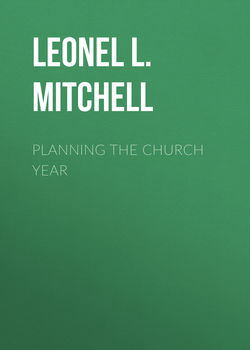Читать книгу Planning the Church Year - Leonel L. Mitchell - Страница 12
People as Resources
ОглавлениеIt is important to identify the people available to fill specific roles in the liturgy: readers, acolytes, lay eucharistic ministers, oblation bearers, singers, dancers, instrumental musicians (organ and guitar are not the only possibilities), and ordained clergy (priests and deacons). People are also needed to prepare for the celebration: altar guild members, bread bakers, wine makers, bulletin preparers (typists and/or calligraphers), and artists. Another list includes those whose skills will be needed if the congregation decides to make alterations in their environment for worship: architects, carpenters, decorators, artists, and people with visual imagination.
Make the inventory first. Discover what is possible before you decide what you want to do. Then decide what you as a congregation are trying to do in worship. If you could do what you (the rector and a representative group of parishioners) think would be best, what would it look like? It may be helpful to let your fantasy take over and be creative. Then look at your inventory of resources and see which things you have the resources to do. Perhaps you can’t do exactly what you would like, but you do have the resources to do something.
Start by thinking of the liturgy itself. How do you involve the congregation actively and intelligently in the worship of God on Sunday morning? The answer is not some kind of gimmick. It is careful planning with members of the congregation. One way to enhance participation is simply to involve people in the planning of the particular service and in its celebration.
